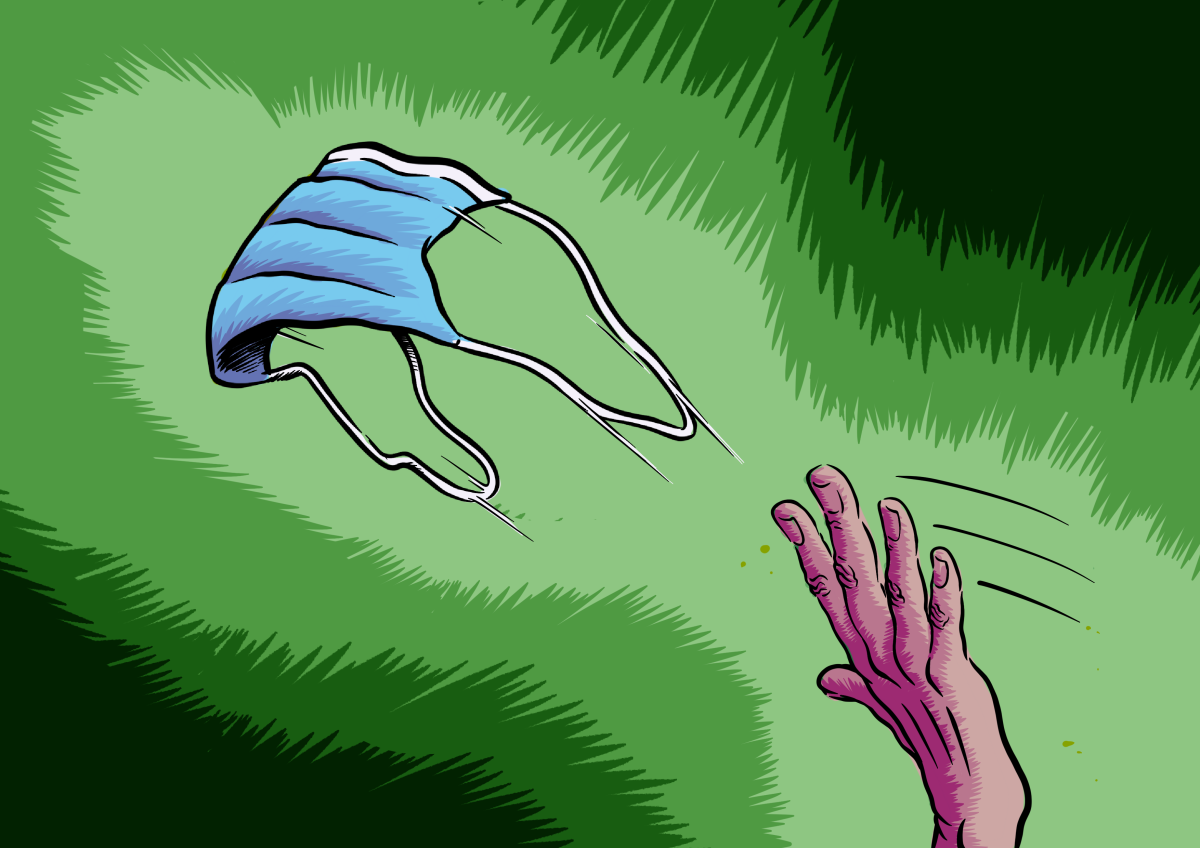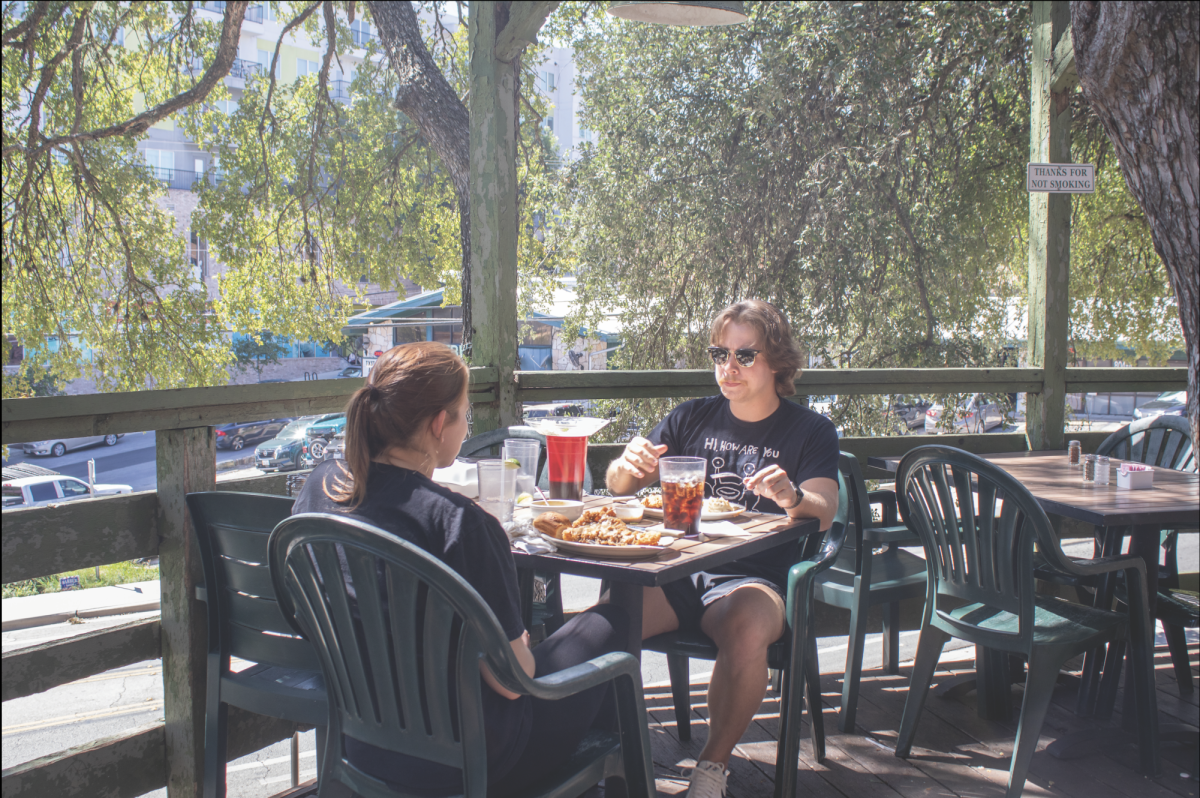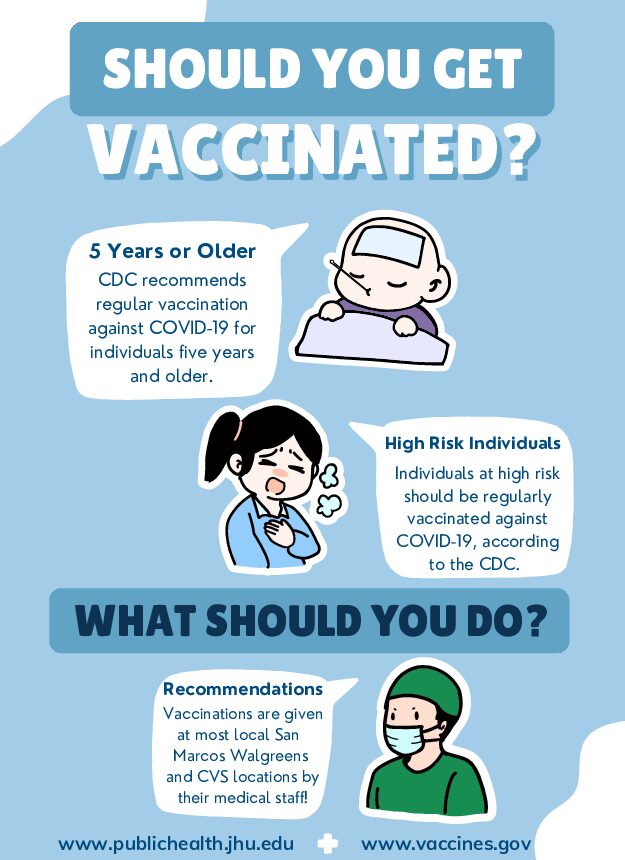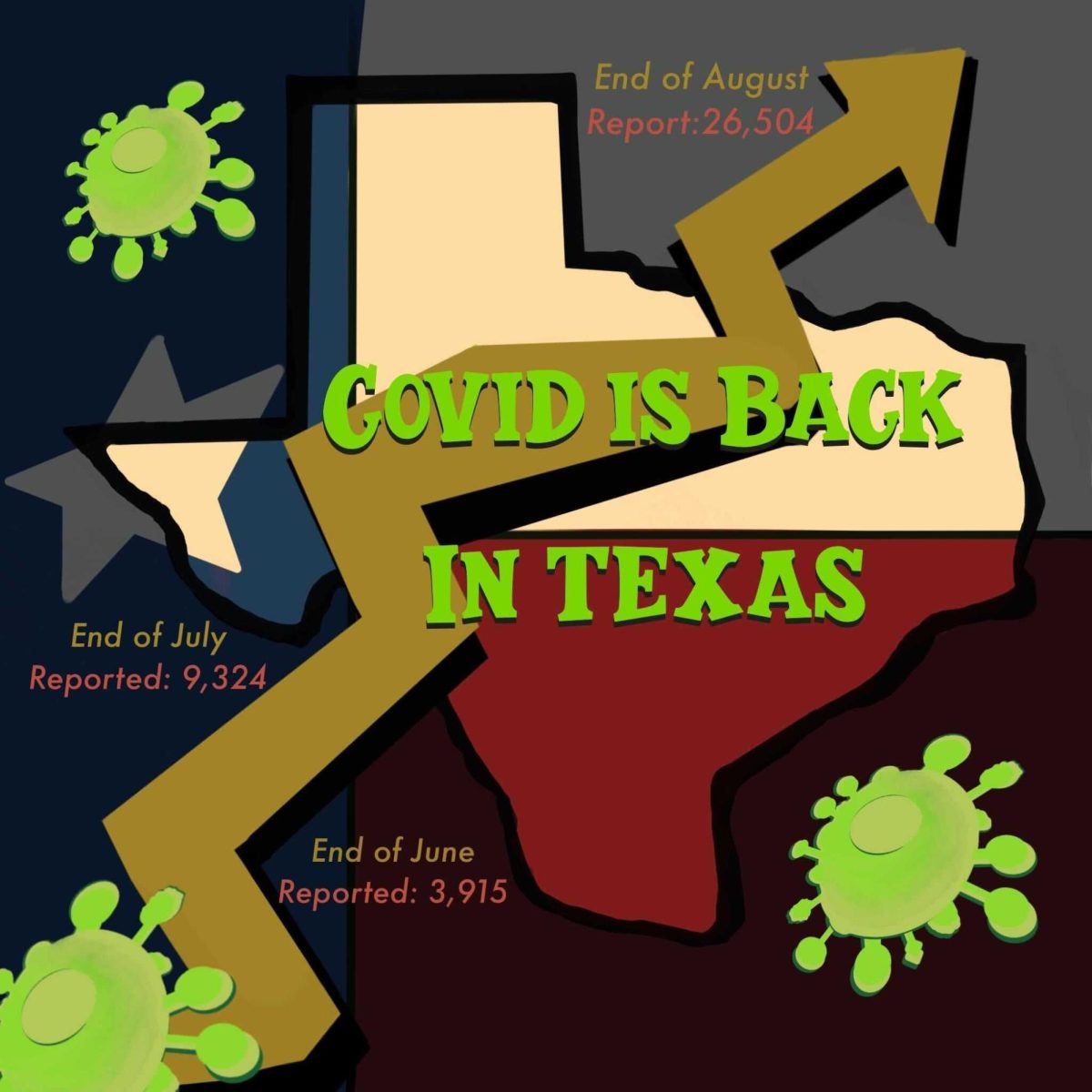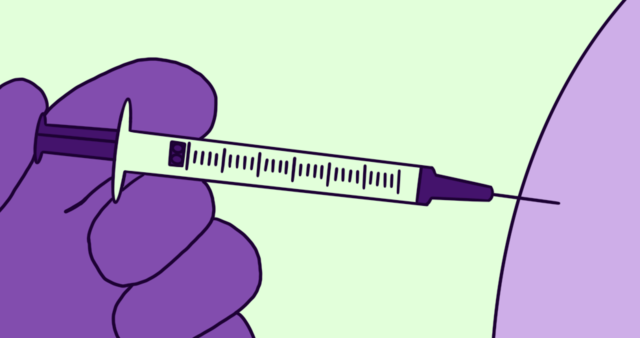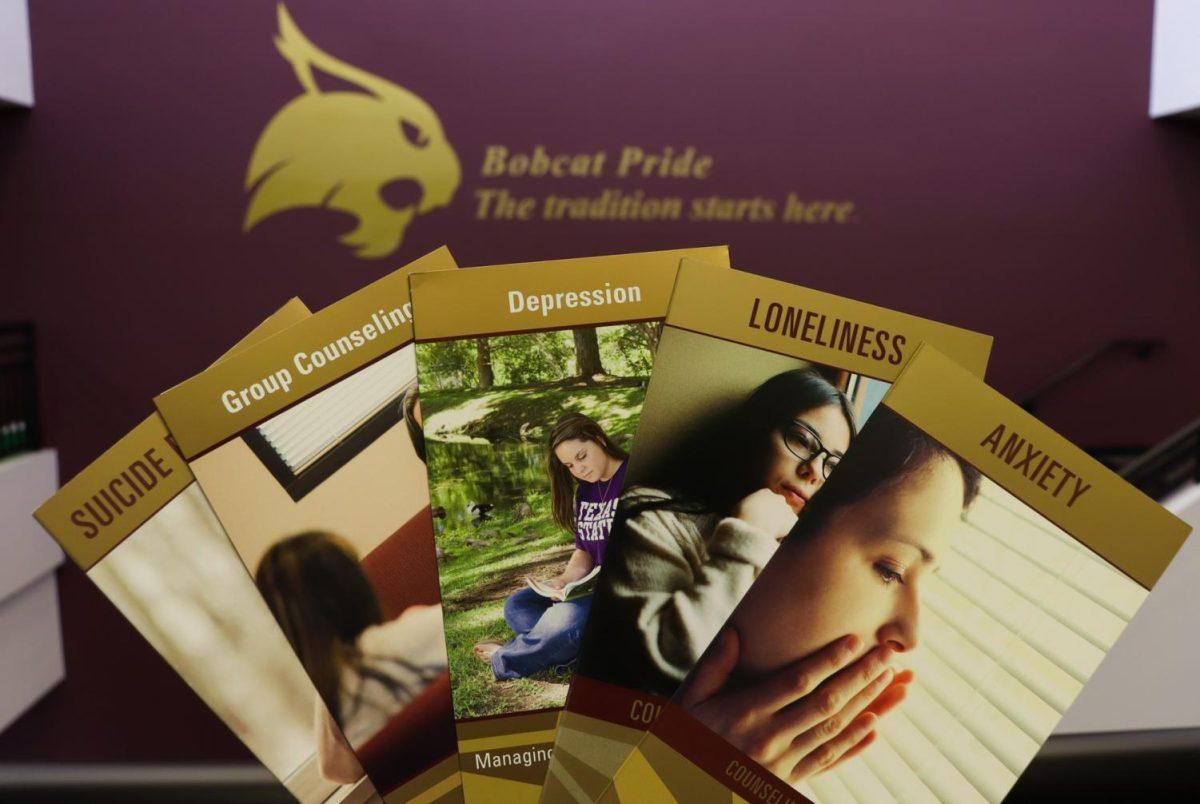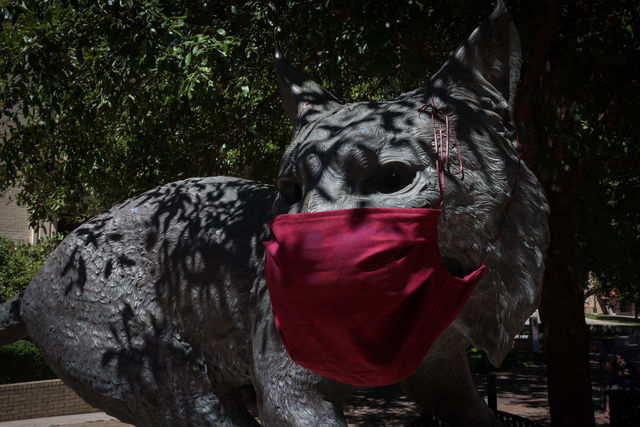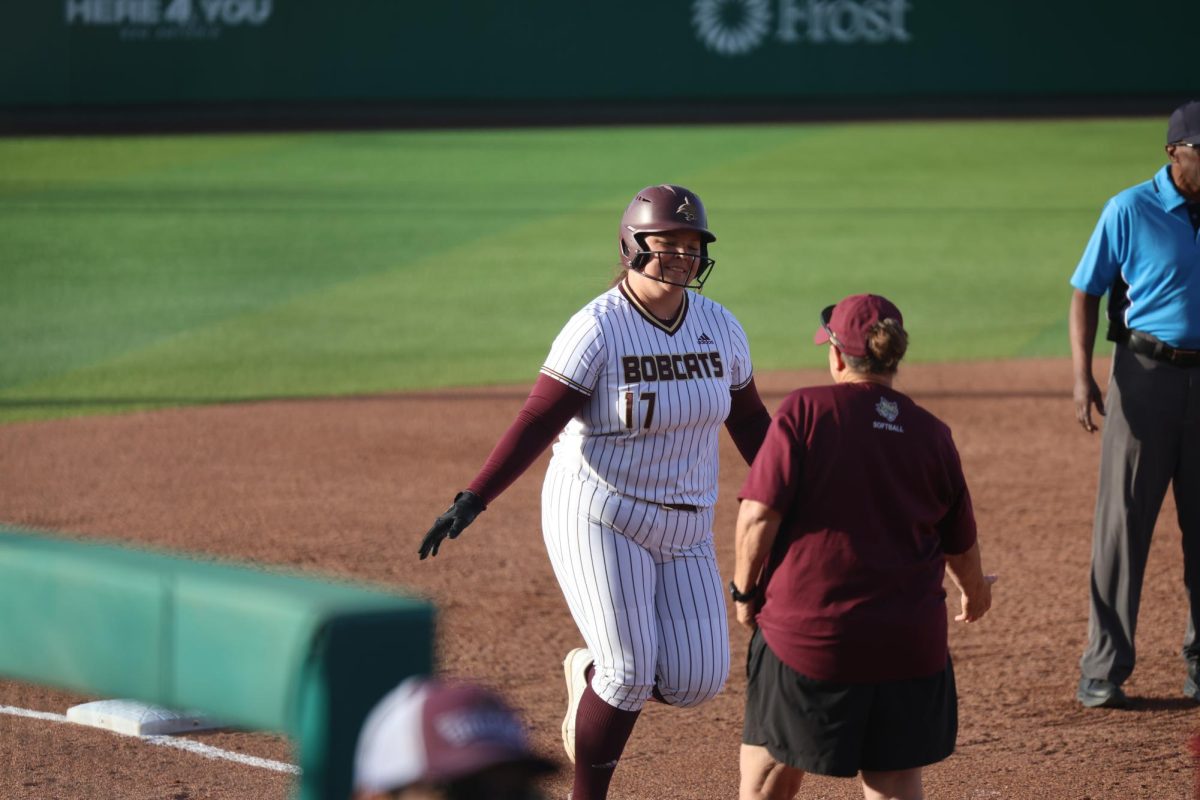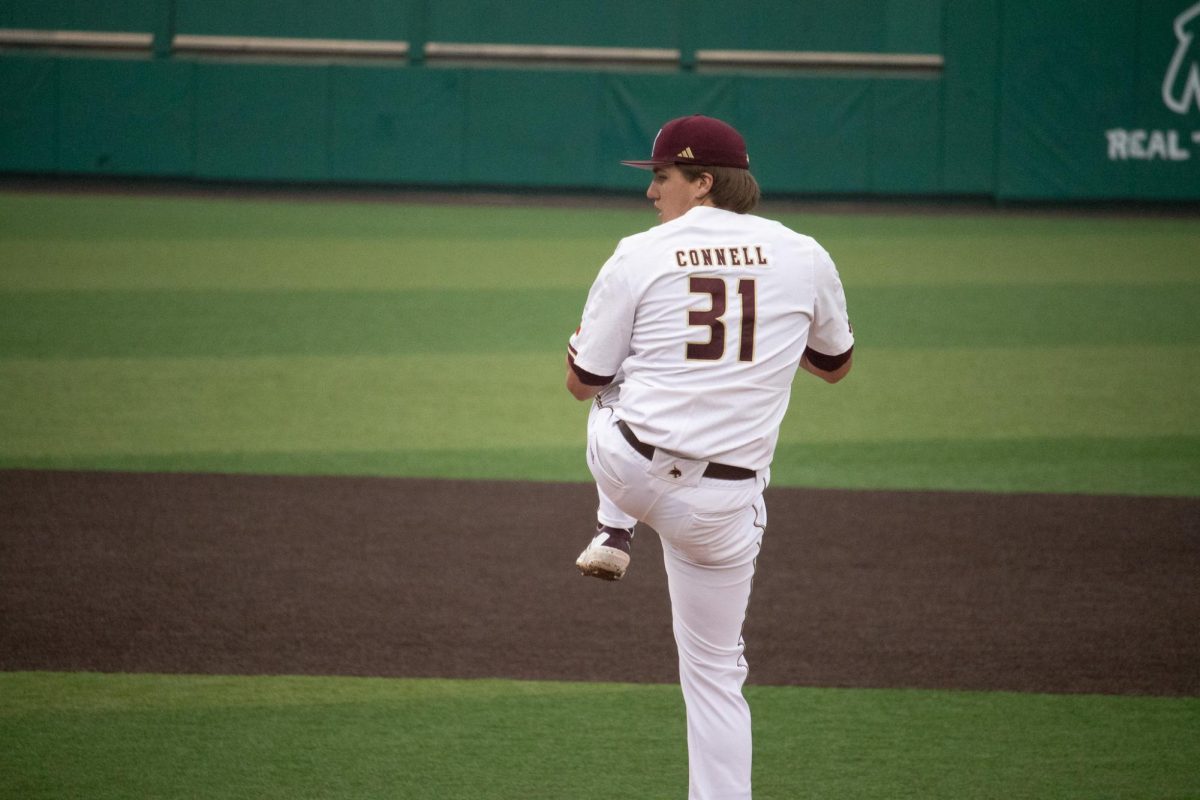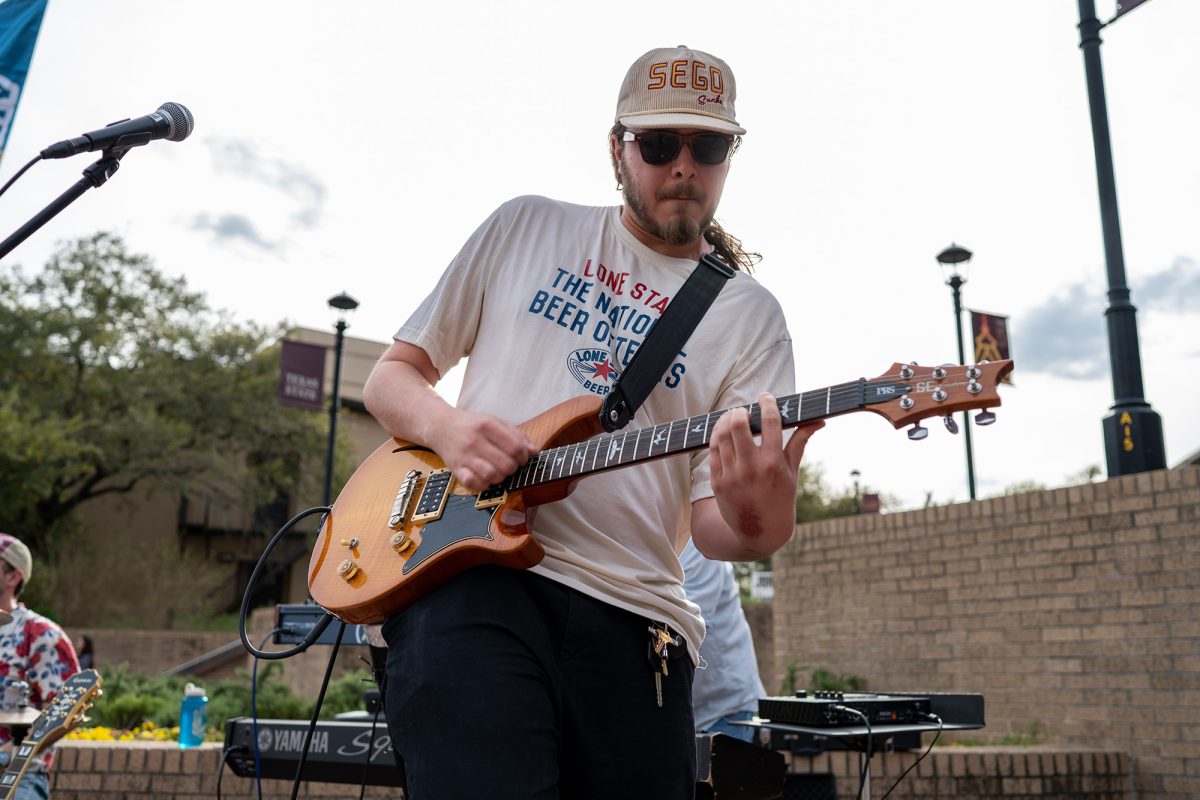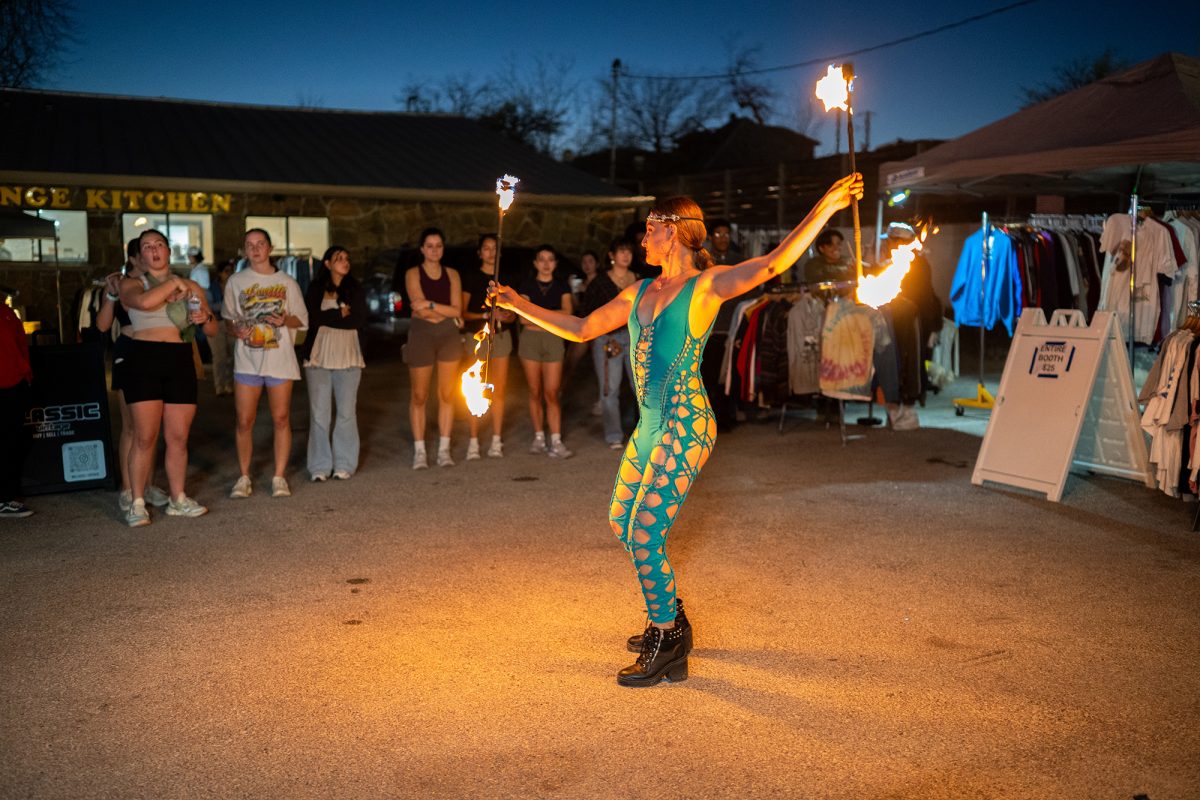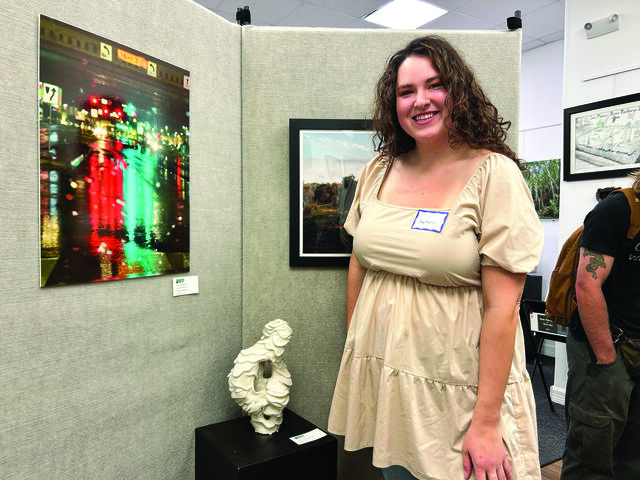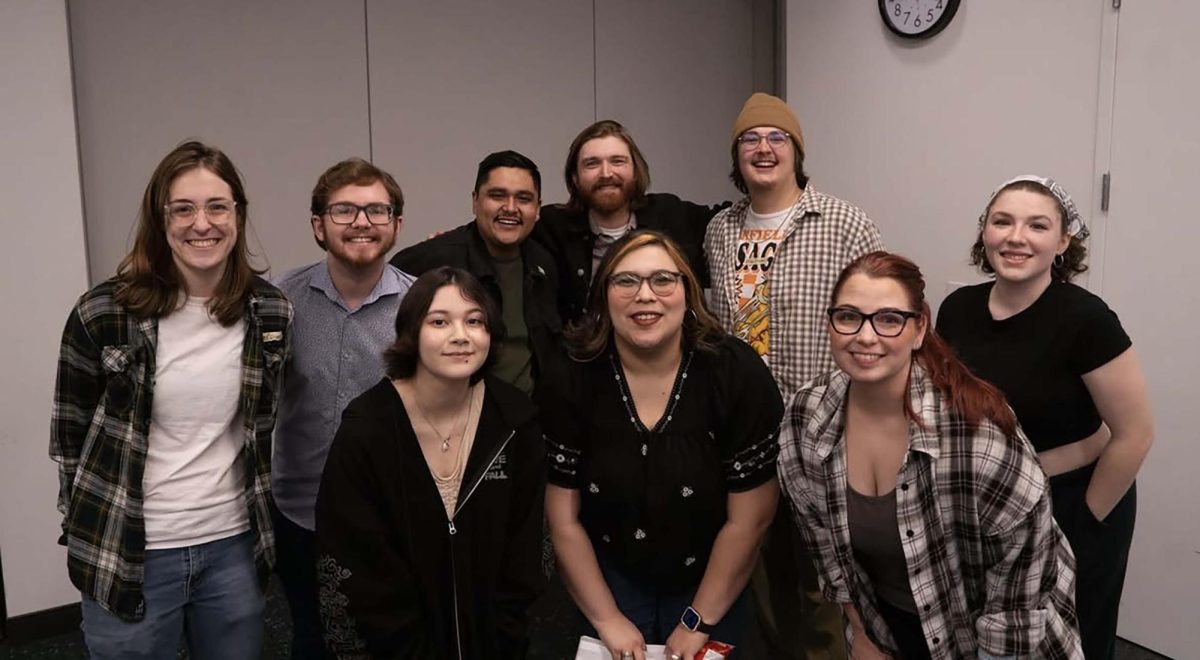For nearly a year, social distancing rules and mask mandates have compromised the day-to-day leisure and comfort people are accustomed to. As cases of the virus fluctuate and the long-awaited vaccines are distributed, students are finding themselves burnt out from the nation’s new way of life.
The World Health Organization defines pandemic fatigue as a “demotivation to follow recommended protective behaviors, emerging gradually over time and affected by a number of emotions, experiences and perceptions.”
Student Health Center Director Emilio Carranco says people experiencing pandemic fatigue have lost sight of the value of following prevention measures.
“I think anytime we’re asked to do something that’s very different from what we usually do, there’s always the possibility that we’ll tire of it,” Carranco says. “Especially if we’re doing something that prevents us from doing the things that we enjoy doing.”
Among those who have felt the burnout are Texas State students like Amber Sutton, an exercise and sports science sophomore, who admits there have been times when she felt tired of living in a pandemic.
“I have felt the, ‘I really don’t want to do this anymore. I just want to go do what I want, go to wherever I want, do anything I want,” Sutton says. “But I never wavered from stopping protocols because I knew it was the only way to be safe for me and to be safe for others.”
Sutton, whose family was diagnosed with COVID-19 after Christmas, says it is upsetting to see people ignore safety protocols.
“I do feel that I would need to do my part in keeping others safe by telling them like, ‘Hey, just wear your mask for like 10 minutes’ or something little like that,” Sutton says. “Because in the long run, we don’t know what this virus could do.”
Young adults are more susceptible to pandemic fatigue than older age groups. The frontal lobe in charge of making decisions is not fully developed until age 25, meaning young people are less likely to weigh the risks of a decision before making an impulsive one, such as attending a large gathering during a global health crisis.
From June to July 2020, the number of active COVID-19 cases in San Marcos spiked, according to the city’s COVID-19 dashboard. In a COVID-19 report from early June, 58% of new cases reported were from San Marcos residents under the age of 30.
Hays County epidemiologist Eric Schneider attributed the numbers to young people’s disobedience toward the safety measures put in place.
Esther Burmeister, a communication studies senior, says throughout the pandemic, she has seen plenty of posts and stories shared on social media of large, mask-free group gatherings at spots on the San Marcos Square.
“I think, like, going to The Square, like, that’s completely irresponsible,” Burmeister says. “I see Snapchat stories of people and I’m like, there’s so many people there like you’re literally not wearing a mask, I don’t even know if you have one… you shouldn’t be going to The Square.”
Burmeister’s classes are online, so she rarely visits campus and chooses to stay home; however, when she does decide to go out, she says she remains cautious and wears a mask.
Citlalli Esquivel, a transfer fashion merchandising sophomore, says although she has yet to get tired of wearing a mask or follow safety procedures, she wants to live out a fulfilling college experience — but she also knows now is not the time to do so.
“You can’t be out there partying and having the best time of your life knowing that you’re going to get people sick,” Esquivel says.
As someone who witnessed a family member battle COVID-19 last year, she says it affects her personally to see people acting so recklessly.
“I’m literally seeing my family struggle through it and like, go at it. And these people are like, ‘No, [I won’t follow safety protocols],” Esquivel says. “I just want everyone in my family to stay safe or like my friends to stay safe, and knowing that people aren’t following the regulations really bothers me.”
Claire Lowrie, a biology senior, says she takes every precaution to stay clean, healthy and safe upon returning to her apartment in San Marcos after being out.
“I shower, I change, I constantly wash my hands and sanitize if I’m not home. It’s the new normal,” Lowrie says. “We’re going to have to wear a mask for a while, wear a mask for work. It’s something I’ve just gotten used to. I’ve just changed my new normal.”
Lowrie also says she recognizes the pandemic fatigue among some students on campus.
“So at this point, they don’t care,” Lowrie says. “If they get sick, they get sick, and if they give it to other people, they give it to other people. It’s not if you’re going to get COVID, it’s when you’re going to get COVID.”
Carranco recommends looking at the situation from a different perspective and shifting focus away from what people cannot do, to what they can do, such as working toward keeping themselves and others safe.
“We will return back to a normal life again,” Carranco says. “People just have to believe in that and continue to work hard to be part of the solution. And to help us all bring this pandemic to an end.”
Categories:
Pandemic fatigue: Students battle exhaustion from new-found reality
Sarah Hernandez, Assistant Life and Arts Editor
February 3, 2021
0
Donate to The University Star
Your donation will support the student journalists of Texas State University. Your contribution will allow us to purchase equipment and cover our annual website hosting costs.
More to Discover



